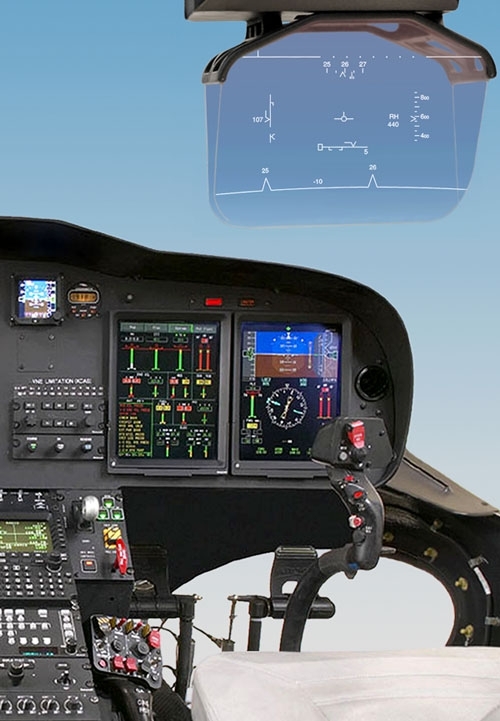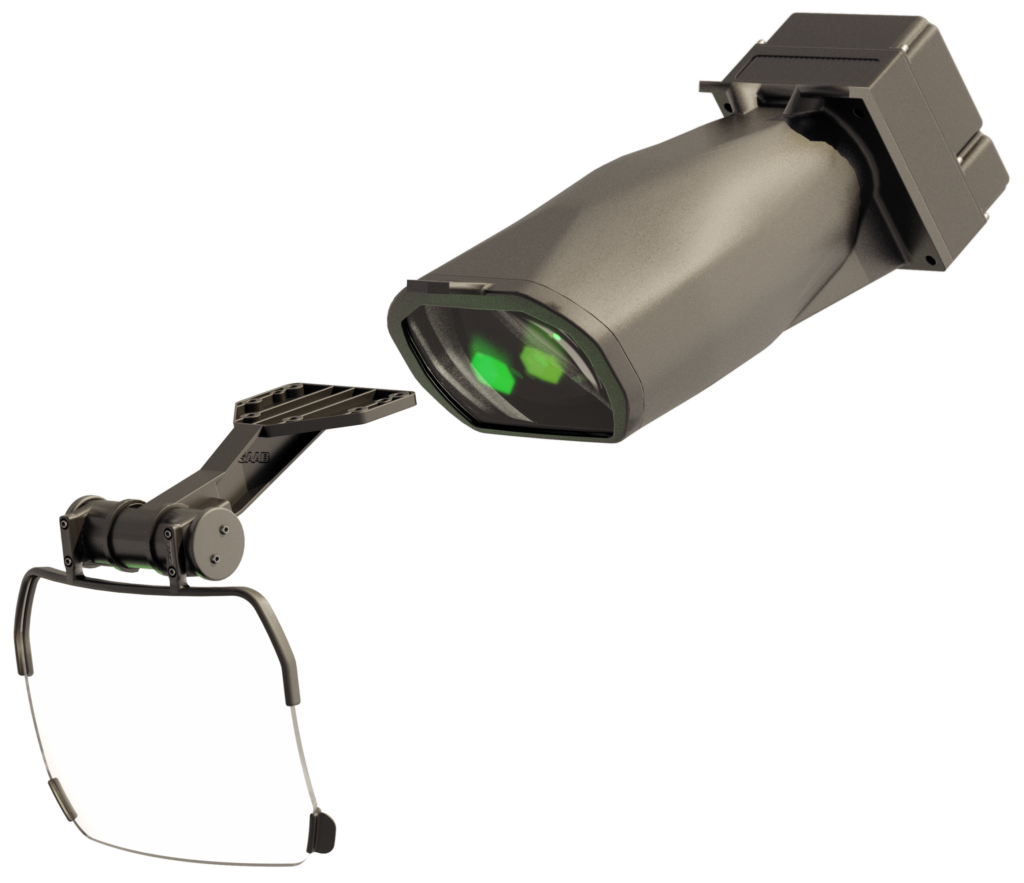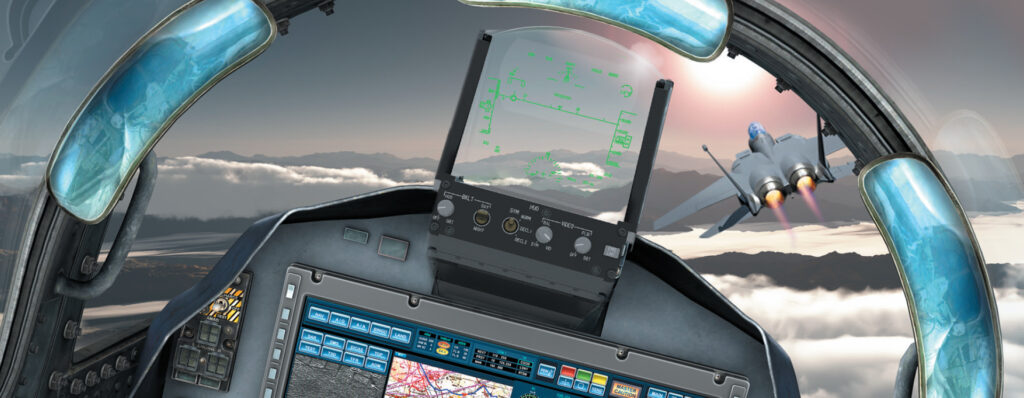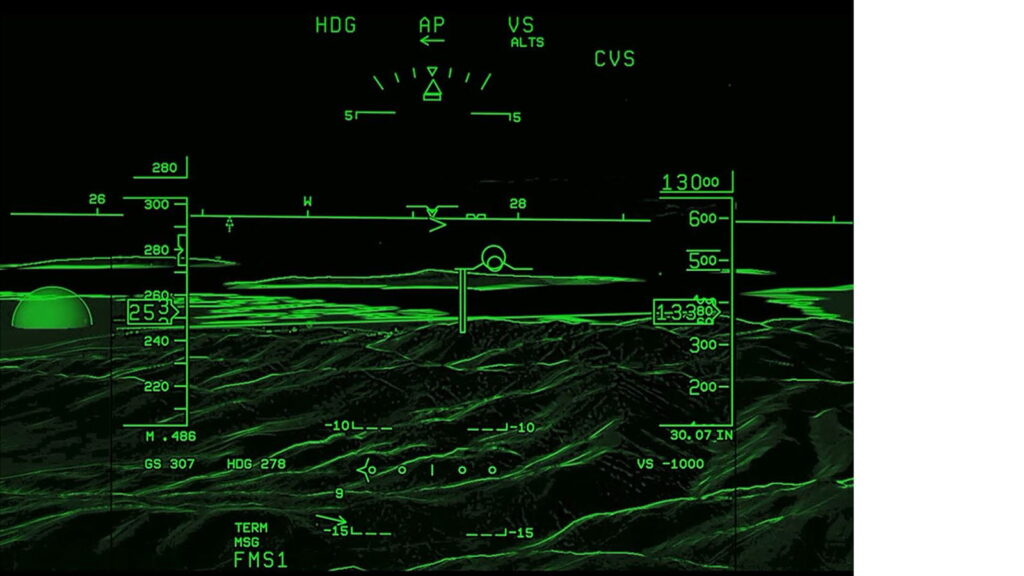Honeywell to Acquire Saab’s Heads-Up Display Assets


A new agreement includes plans for a three-year collaboration between Saab and Honeywell; the Head-Up Display (HUD) assets will be transferred to Honeywell following the collaboration. (Photo: Saab)
Honeywell and Swedish aerospace and defense company Saab reached an agreement last week regarding the acquisition of Saab’s heads-up display (HUD) assets. The HUDs will be integrated into the Honeywell Anthem flight deck (following a three-year collaboration) and will be available as an option for Honeywell’s Primus Epic flight deck as well.
Vipul Gupta, vice president and general manager, Avionics, Honeywell Aerospace, remarked in the company’s announcement that HUDs can improve situational awareness for pilots and reduce their workload. They also improve airport access as part of an Enhanced Flight Vision System. “The addition of HUDs as part of our wider avionics offerings will provide our customers in business aviation, air transport, and defense segment a great safety tool that can be particularly useful during takeoff and landing, which are typically the most crucial parts of any flight,” Gupta said.

(Photo: Saab)
HUD technology has evolved significantly since its early days and has become an integral part of aviation operations. Leading companies like Honeywell, Collins Aerospace, Thales, and Elbit Systems continue to push the boundaries of HUD development, resulting in advanced systems that enhance pilot situational awareness and safety. With continued advancements in display technology, augmented reality, and integration with other avionics systems, the future of HUDs holds tremendous potential for revolutionizing the aviation industry further.
Thales first introduced the initial version of TopMax, a wearable HUD, in 2016. An upgraded version of the technology was unveiled in 2019 as a lighter, less bulky headset.

(Thales)
Elbit Systems designed a Low-Profile Head-Up Display (LPHUD) series for advanced fighter jets that includes a range of narrow neck HUD systems. The LPHUDs are compatible with advanced 4th, 4.5, and 5th-generation fighter aircraft, and they feature a Large Area Display (LAD).

(Photo: Elbit)
Last October, Collins achieved a technical standard order, or TSO, for its combined vision system (CVS) for business aviation aircraft. Their “advanced CVS algorithms blend the full EVS image and SVS into a single conformal view,” according to the company.
“Whether it’s poor weather, smoke, dust, demanding terrain or busy airports, CVS clearly and automatically displays the critical visual information pilots need to safely operate their aircraft,” explained Craig Brown, general manager of Vision Systems at Collins.

(Collins)
The concept of the heads-up display was first introduced for military aircraft during World War II. These early systems consisted of basic optical components that projected simple targeting information onto a transparent screen.
HUD technology eventually found its way into civil aviation cockpits. In the 1970s, the first commercial aircraft to adopt HUDs was the General Dynamics F-111B. However, it was the introduction of the Rockwell Collins (now Collins Aerospace) HUD system in the Boeing 767 that marked a significant milestone for HUD technology in the commercial aviation sector. This development prompted further integration into various aircraft models.
Over the years, some notable advancements in HUD technology have been made:
Augmented Reality (AR) HUDs: AR HUDs have revolutionized the aviation industry by overlaying digital information on the real-world view. These systems provide pilots with real-time data, like navigation cues, flight parameters, and weather conditions, superimposed directly onto their field of view.
Enhanced Display Capabilities: HUDs now offer high-resolution, color displays with wider fields of view, ensuring better readability and improved situational awareness for pilots. These advancements enable pilots to quickly interpret critical information without diverting their attention from the external environment.
Integration with Synthetic Vision Systems (SVS): The integration of HUDs with SVS technology has been instrumental in enhancing pilot situational awareness during low-visibility conditions. By combining real-time sensor data and digital terrain databases, pilots are provided with a virtual representation of the external environment, reducing the risk of controlled flight into terrain (CFIT) accidents.
Head-Wearable Displays (HWDs): Recent developments in HWDs, such as smart glasses, offer potential HUD applications in general aviation. These wearable devices can provide pilots with critical flight data and navigation information while maintaining a clear line of sight outside the cockpit.
—————
Boost Internet Speed–
Free Business Hosting–
Free Email Account–
Dropcatch–
Free Secure Email–
Secure Email–
Cheap VOIP Calls–
Free Hosting–
Boost Inflight Wifi–
Premium Domains–
Free Domains





